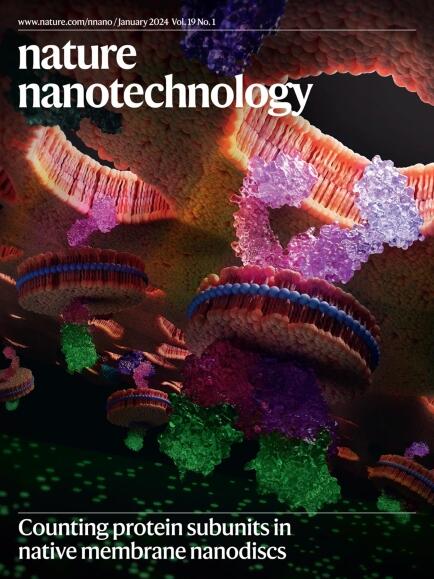Strain-induced crumpling of graphene oxide lamellas to achieve fast and selective transport of H2 and CO2
IF 34.9
1区 材料科学
Q1 MATERIALS SCIENCE, MULTIDISCIPLINARY
引用次数: 0
Abstract
Graphene oxide (GO) membranes offer high selectivity and energy-efficient gas separation. However, their dense, layered structure and tortuous diffusion paths limit permeability, posing a barrier to industrial use. Here we present a method to enhance selectivity and permeability, maintaining the structural stability of such membranes. With an industrially friendly manufacturing method, we produce crumpled GO membranes with gas diffusion pathways controlled by a multidomain structure. These membranes achieve H2 permeability of approximately 2.1 × 104 barrer, significantly surpassing the permeability of flat lamellar GO membranes, which is below 100 barrer. Its H2/CO2 selectivity of 91 outperforms current membrane technologies. In addition, the crumpled membranes demonstrate stability under harsh conditions (−20 °C, 96% relative humidity), a critical requirement for practical applications. This work addresses the long-standing permeability–selectivity trade-off and establishes a robust, scalable platform for integrating two-dimensional materials into membrane technology for real-world applications. Crumpled graphene oxide (GO) membranes achieve much higher H2 permeability than flat lamellar GO membranes, and their H2/CO2 selectivity of 91 outperforms those of most existing membranes.


应变诱导的氧化石墨烯薄片的皱缩,以实现H2和CO2的快速和选择性运输
氧化石墨烯(GO)膜提供高选择性和节能气体分离。然而,它们致密的层状结构和曲折的扩散路径限制了渗透率,对工业应用构成了障碍。在这里,我们提出了一种方法来提高选择性和通透性,保持这种膜的结构稳定性。通过工业友好的制造方法,我们生产出具有多畴结构控制的气体扩散路径的皱褶氧化石墨烯膜。这些膜的H2渗透率约为2.1 × 104巴阻,显著超过了平板层状氧化石墨烯膜的渗透率,后者低于100巴阻。其H2/CO2选择性为91,优于目前的膜技术。此外,皱巴巴的膜在恶劣条件下(- 20°C, 96%相对湿度)表现出稳定性,这是实际应用的关键要求。这项工作解决了长期存在的渗透率-选择性权衡,并建立了一个强大的,可扩展的平台,将二维材料集成到膜技术中,用于现实世界的应用。
本文章由计算机程序翻译,如有差异,请以英文原文为准。
求助全文
约1分钟内获得全文
求助全文
来源期刊

Nature nanotechnology
工程技术-材料科学:综合
CiteScore
59.70
自引率
0.80%
发文量
196
审稿时长
4-8 weeks
期刊介绍:
Nature Nanotechnology is a prestigious journal that publishes high-quality papers in various areas of nanoscience and nanotechnology. The journal focuses on the design, characterization, and production of structures, devices, and systems that manipulate and control materials at atomic, molecular, and macromolecular scales. It encompasses both bottom-up and top-down approaches, as well as their combinations.
Furthermore, Nature Nanotechnology fosters the exchange of ideas among researchers from diverse disciplines such as chemistry, physics, material science, biomedical research, engineering, and more. It promotes collaboration at the forefront of this multidisciplinary field. The journal covers a wide range of topics, from fundamental research in physics, chemistry, and biology, including computational work and simulations, to the development of innovative devices and technologies for various industrial sectors such as information technology, medicine, manufacturing, high-performance materials, energy, and environmental technologies. It includes coverage of organic, inorganic, and hybrid materials.
 求助内容:
求助内容: 应助结果提醒方式:
应助结果提醒方式:


